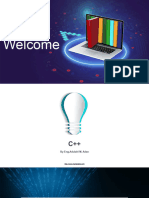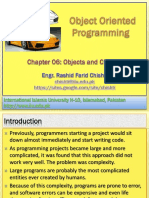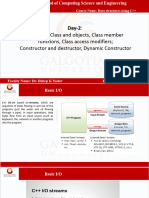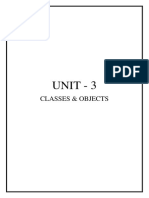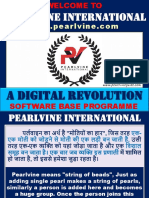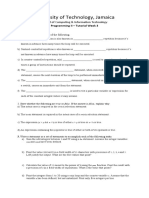0% found this document useful (0 votes)
11 views10 pagesBasic Concepts of OOP
The document provides an introduction to the basic concepts of Object-Oriented Programming (OOP), including objects, classes, data abstraction, encapsulation, inheritance, polymorphism, dynamic binding, and message passing. It explains the role of objects as runtime entities that represent real-world entities and the structure of classes in C++, which serve as templates for creating objects. Additionally, it covers the creation and manipulation of objects and classes in C++, including access specifiers and member functions.
Uploaded by
KyleXYCopyright
© © All Rights Reserved
We take content rights seriously. If you suspect this is your content, claim it here.
Available Formats
Download as PDF, TXT or read online on Scribd
0% found this document useful (0 votes)
11 views10 pagesBasic Concepts of OOP
The document provides an introduction to the basic concepts of Object-Oriented Programming (OOP), including objects, classes, data abstraction, encapsulation, inheritance, polymorphism, dynamic binding, and message passing. It explains the role of objects as runtime entities that represent real-world entities and the structure of classes in C++, which serve as templates for creating objects. Additionally, it covers the creation and manipulation of objects and classes in C++, including access specifiers and member functions.
Uploaded by
KyleXYCopyright
© © All Rights Reserved
We take content rights seriously. If you suspect this is your content, claim it here.
Available Formats
Download as PDF, TXT or read online on Scribd
/ 10
























